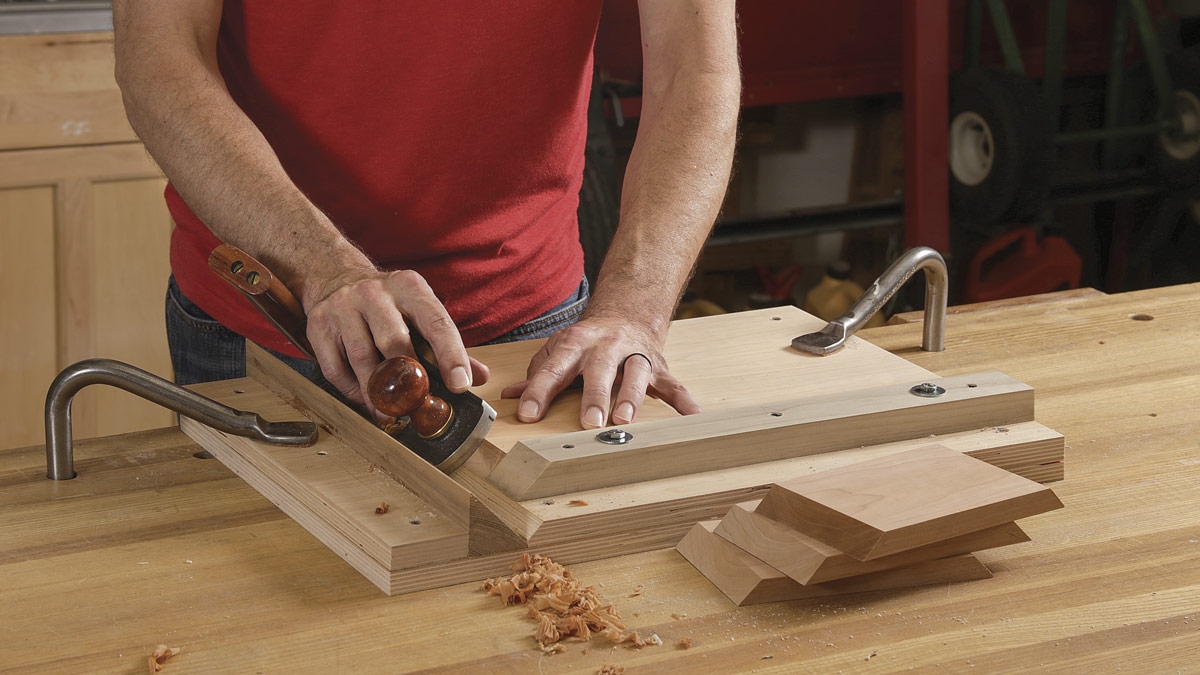

Articles
What Is A Jig Woodworking
Modified: May 6, 2024
Learn all about woodworking jigs with our informative articles. Enhance your woodworking skills and create precise and accurate cuts with these essential tools.
(Many of the links in this article redirect to a specific reviewed product. Your purchase of these products through affiliate links helps to generate commission for Storables.com, at no extra cost. Learn more)
Introduction
Woodworking is a centuries-old craft that requires precision, skill, and the right tools. One of the key tools that every woodworker should have in their arsenal is a jig. But what exactly is a jig in woodworking?
A jig is a specialized device or tool that helps woodworkers perform specific tasks with accuracy and efficiency. It is designed to hold the workpiece in place and guide the tools to create precise cuts, angles, and shapes. Jigs are commonly used to perform repetitive or intricate woodworking operations, allowing woodworkers to achieve consistent results.
In this article, we will explore the various types of jigs used in woodworking, their purpose and benefits, how to make and use them, as well as some common mistakes to avoid. Whether you are a beginner woodworker or an experienced craftsman, understanding and utilizing jigs will significantly improve the quality and efficiency of your woodworking projects.
Key Takeaways:
- Embrace the precision and efficiency of woodworking jigs to achieve consistent, professional-level results. From dovetail jigs to taper jigs, these tools enhance safety, repeatability, and creativity in woodworking projects.
- Avoid common mistakes such as poor jig design and inaccurate measurements to maximize the effectiveness of woodworking jigs. Proper planning, testing, and maintenance ensure exceptional results and elevate craftsmanship in woodworking.
Read more: What Is Woodworking
Definition of a Jig in Woodworking
In woodworking, a jig is a specialized tool or device that is used to assist woodworkers in performing specific tasks with precision and accuracy. It is essentially a guide or template that helps control the movement of the workpiece and the tools, ensuring consistent and repeatable results.
Jigs are typically made from durable materials such as metal, wood, or plastic. They are designed with specific measurements, angles, and contours to achieve desired outcomes. These measurements are customized to fit the specific woodworking operation being performed.
The primary purpose of a jig is to hold the workpiece securely in place and provide a stable platform for cutting, drilling, shaping, or joining. By using a jig, woodworkers can create consistent and uniform cuts or shapes, even when working with multiple pieces or performing repetitive tasks.
Another important aspect of jigs is their ability to guide the tools. For example, a table saw jig may have a slot or channel that guides the wood along a straight line, ensuring accurate and parallel cuts. Similarly, a router jig may have a template attached to it, guiding the router bit to create intricate patterns or shapes on the workpiece.
Overall, jigs are indispensable tools in woodworking as they enable woodworkers to achieve precise, consistent, and efficient results. They save time and effort by eliminating the need for repetitive measurements and calculations, making woodworking projects more enjoyable and manageable.
Types of Jigs Used in Woodworking
Woodworking jigs come in a wide variety of types, each designed to assist woodworkers with specific tasks. Here are some common types of jigs used in woodworking:
- Crosscut Sled: A crosscut sled is a jig used with a table saw for making accurate crosscuts. It consists of a platform with runners that glide along the table saw’s miter gauge slots. The sled provides a stable surface for holding the workpiece and ensures precise and safe crosscutting.
- Dovetail Jig: A dovetail jig is used for creating dovetail joints, which are known for their strength and aesthetics. This jig guides the router or saw to cut the dovetail pattern accurately, allowing woodworkers to achieve tight-fitting and visually pleasing joints.
- Router Table Fence: A router table fence is a jig used in conjunction with a router table. It acts as a guide for the workpiece and allows for precise routing along the edge or surface. The fence can be adjusted to various angles and distances, enabling woodworkers to create grooves, dados, and profiles with accuracy.
- Taper Jig: A taper jig is used to create angled cuts or tapers on the workpiece. It consists of a guide that holds the workpiece at an angle while allowing it to be fed through a table saw or band saw. Taper jigs are often used when making tapered legs for furniture or creating decorative elements with angled edges.
- Box Joint Jig: A box joint jig is used to create strong and visually appealing box joints or finger joints. It guides the router or saw to cut precise slots and fingers, enabling woodworkers to join pieces of wood together with accuracy. Box joint jigs are commonly used in box making, drawer construction, and other woodworking projects requiring strong joints.
These are just a few examples of the diverse range of jigs used in woodworking. Other types of jigs include edge guides, circle cutting jigs, tenon jigs, and many more. Each type of jig serves a specific purpose and helps woodworkers perform various woodworking operations with precision and efficiency.
Purpose and Benefits of Using Jigs in Woodworking
Using jigs in woodworking offers numerous benefits and significantly enhances the quality and efficiency of woodworking projects. Here are some of the key purposes and benefits of using jigs:
- Precision and Accuracy: One of the primary purposes of jigs is to ensure precise and accurate cuts, angles, and shapes. Jigs provide a consistent guide for tools, allowing woodworkers to achieve uniform results even when working with multiple pieces or performing repetitive tasks. This precision is crucial in creating well-fitted joints, intricate patterns, and symmetrical designs.
- Repeatability: Jigs make it easier to reproduce the same cuts or shapes multiple times. By setting up the jig once, woodworkers can repeatedly achieve the desired outcome without the need for meticulous measurements and calculations. This saves time and reduces the chances of errors, especially in projects with multiple identical components.
- Safety: Jigs enhance safety by providing a stable and controlled platform for the workpiece. They keep hands and fingers away from the cutting tools, reducing the risk of accidents. Jigs also help prevent kickbacks or the sudden movement of the workpiece during cutting, minimizing the potential for injuries and improving overall workshop safety.
- Efficiency: Using jigs streamlines woodworking processes and improves overall efficiency. By eliminating the need for repetitive measurements and setups, woodworkers can focus more on the actual woodworking tasks. Jigs also help reduce wastage of materials by ensuring accurate cuts and minimizing errors.
- Creativity and Design: Jigs enable woodworkers to explore and execute complex design ideas with greater ease and accuracy. By providing a consistent guide, jigs allow for the creation of intricate patterns, decorative elements, and precise joinery. With jigs, woodworkers can unleash their creativity and push the boundaries of their woodworking projects.
Ultimately, the purpose of using jigs in woodworking is to make the woodworking process more efficient, precise, and enjoyable. They empower woodworkers to achieve professional-level results, even with complex tasks, and enable them to take on new challenges and expand their skills.
When using a jig in woodworking, always ensure that it is securely clamped to the work surface to prevent any movement or slippage during the cutting or drilling process. This will help to ensure accurate and safe results.
How to Make and Use Jigs in Woodworking
Making and using jigs in woodworking can greatly enhance the accuracy and efficiency of your projects. Here are some steps to follow when making and using jigs:
- Identify the Task: Determine the specific woodworking task for which you need a jig. Whether it’s creating a particular joint, making a specific cut, or shaping a piece, understanding the task at hand will guide you in designing the appropriate jig.
- Plan and Design: Sketch out your jig design, considering the dimensions, angles, and materials you need. Think about how the jig will hold the workpiece securely and guide the tool to achieve accuracy. Decide on the type of jig (e.g., sled, fence, template) that will best suit your task.
- Choose the Materials: Select the appropriate materials for constructing your jig. Depending on the type of jig and the task, you may use wood, metal, or plastic. Ensure the materials are sturdy and capable of withstanding the forces exerted during the woodworking process.
- Construct the Jig: Use your chosen materials and tools to build the jig according to your design. Measure and cut the components accurately, ensuring proper alignment and stability. Pay attention to details such as ensuring smooth surfaces and secure fastenings.
- Test and Fine-tune: Before using the jig in your actual woodworking project, test it with scrap materials. Make any necessary adjustments to ensure the jig performs as intended. This may involve refining measurements, adjusting guides, or modifying the jig’s overall design.
- Secure the Workpiece: When using the jig, make sure to securely fasten or hold the workpiece in place. This will prevent unintended movements and ensure the desired outcome. Clamps, screws, or other methods of securement may be used depending on the jig and task.
- Follow Proper Techniques: Use the appropriate woodworking tools and techniques when utilizing the jig. Align the tool with the jig’s guides or templates and move it steadily along the predetermined path. Take your time and maintain focus to achieve accurate and clean cuts or shapes.
- Maintain and Store: After using the jig, clean it thoroughly and store it properly to maintain its longevity and functionality. Regularly inspect and maintain your jigs to ensure they remain in good working condition for future use.
Remember to always prioritize safety when using jigs and follow all necessary safety precautions. Familiarize yourself with the specific guidelines for each jig and tool you are using.
By making and using jigs in your woodworking projects, you can elevate your craftsmanship and achieve consistent, precise, and professional results.
Read more: What Is A Planer In Woodworking
Common Mistakes to Avoid When Using Jigs in Woodworking
While using jigs in woodworking can greatly improve the quality and efficiency of your projects, it’s important to be aware of common mistakes that can hinder their effectiveness. Here are some common mistakes to avoid when using jigs:
- Poor Jig Design: One of the biggest mistakes is creating or using jigs with inadequate or flawed designs. A poorly designed jig may not securely hold the workpiece, provide inaccurate measurements, or fail to guide the tool properly. Take the time to plan and design your jigs meticulously to ensure they function as intended.
- Inaccurate Measurements: Accuracy is crucial when using jigs, and any measurement errors can cause the jig to produce inaccurate results. Always double-check your measurements and ensure they are precise before constructing or using the jig. Pay attention to details such as angles, widths, and lengths.
- Inadequate Clamping: Insufficient clamping of the workpiece can lead to movement or shifting during the woodworking process, resulting in inaccurate cuts or shapes. Ensure that the workpiece is firmly and securely clamped in place before using the jig. Use appropriate clamping methods to prevent any unwanted movement.
- Forgetting to Test the Jig: Testing the jig before using it on your actual project is essential. This allows you to identify any issues or adjustments needed to ensure the jig performs accurately. Failure to test the jig can lead to costly mistakes and wasted materials. Practice on scrap wood first to fine-tune the jig’s performance.
- Ignoring Safety Precautions: Safety should always be a top priority when using any woodworking tool or jig. Failing to follow safety precautions can result in accidents, injuries, or damage to the workpiece or equipment. Always wear appropriate protective gear and familiarize yourself with the correct usage of the tools and jigs.
- Neglecting Maintenance: Jigs, like any other tool, require proper maintenance to ensure their functionality and longevity. Neglecting to clean, inspect, and maintain your jigs can lead to degraded performance or even failure. Regularly clean your jigs and check for any wear and tear. Replace any damaged or worn-out parts promptly.
By being mindful of these common mistakes, you can enhance the effectiveness of your jigs and avoid potential pitfalls. Remember to always take the time to plan, test, and maintain your jigs for optimal results in your woodworking projects.
Conclusion
Jigs are invaluable tools in the world of woodworking, offering precision, repeatability, and enhanced efficiency. Whether you’re a seasoned woodworker or just starting out, understanding the purpose and benefits of using jigs can greatly elevate your craftsmanship and improve the quality of your projects.
From crosscut sleds to dovetail jigs, the wide variety of jigs available in woodworking cater to different tasks and operations. These jigs enable woodworkers to achieve precise cuts, accurate angles, and consistent shapes, making complex woodworking tasks more manageable.
When making and using jigs, it’s crucial to pay attention to detail. Plan and design your jigs meticulously, ensuring accurate measurements and sturdy construction. Take the time to test and fine-tune your jigs before incorporating them into your actual projects. Properly securing the workpiece and following safety precautions are essential to ensure both your safety and the desired outcome.
By avoiding common mistakes such as poor jig design, inaccurate measurements, and inadequate clamping, you can maximize the effectiveness of your jigs and produce exceptional woodworking results. Additionally, regular maintenance and proper storage of your jigs will ensure their longevity and continued performance.
Incorporating jigs into your woodworking practice opens up a world of possibilities for creativity and design. With the assistance of jigs, you can create intricate joinery, decorative elements, and precise cuts that elevate the overall quality of your work.
So, whether you’re building furniture, constructing cabinets, or crafting intricate woodwork, harness the power of jigs to unlock your woodworking potential. Embrace the precision, efficiency, and consistency that jigs offer, and watch your woodworking projects reach new heights of craftsmanship.
Curious about more woodworking endeavors? If you've enjoyed mastering jigs, you'll definitely want to check out our latest collection of woodworking projects. Whether you're looking for new challenges or fresh ideas, this compilation is brimming with inspiration to fuel your next creation. Don't miss out on our guide to the best woodworking projects of the upcoming year!
Frequently Asked Questions about What Is A Jig Woodworking
Was this page helpful?
At Storables.com, we guarantee accurate and reliable information. Our content, validated by Expert Board Contributors, is crafted following stringent Editorial Policies. We're committed to providing you with well-researched, expert-backed insights for all your informational needs.
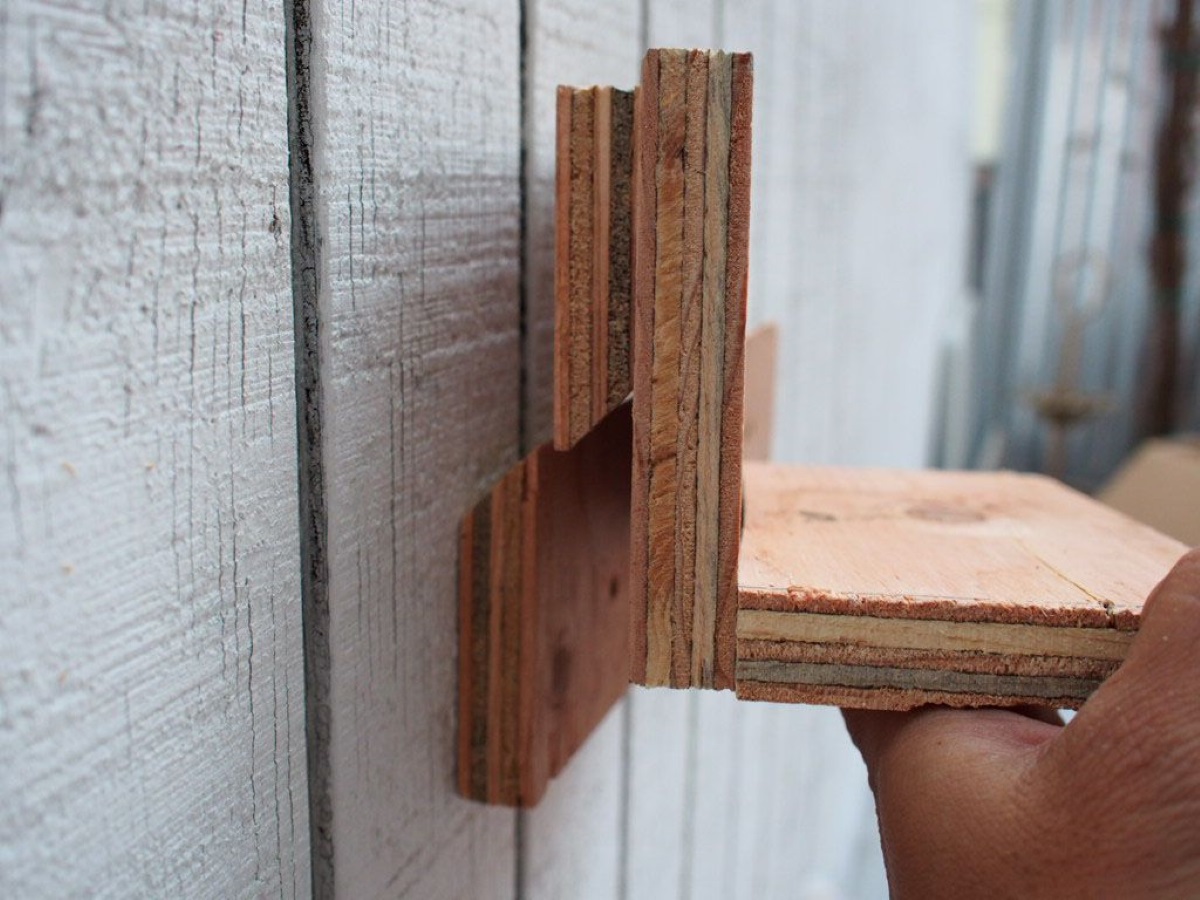

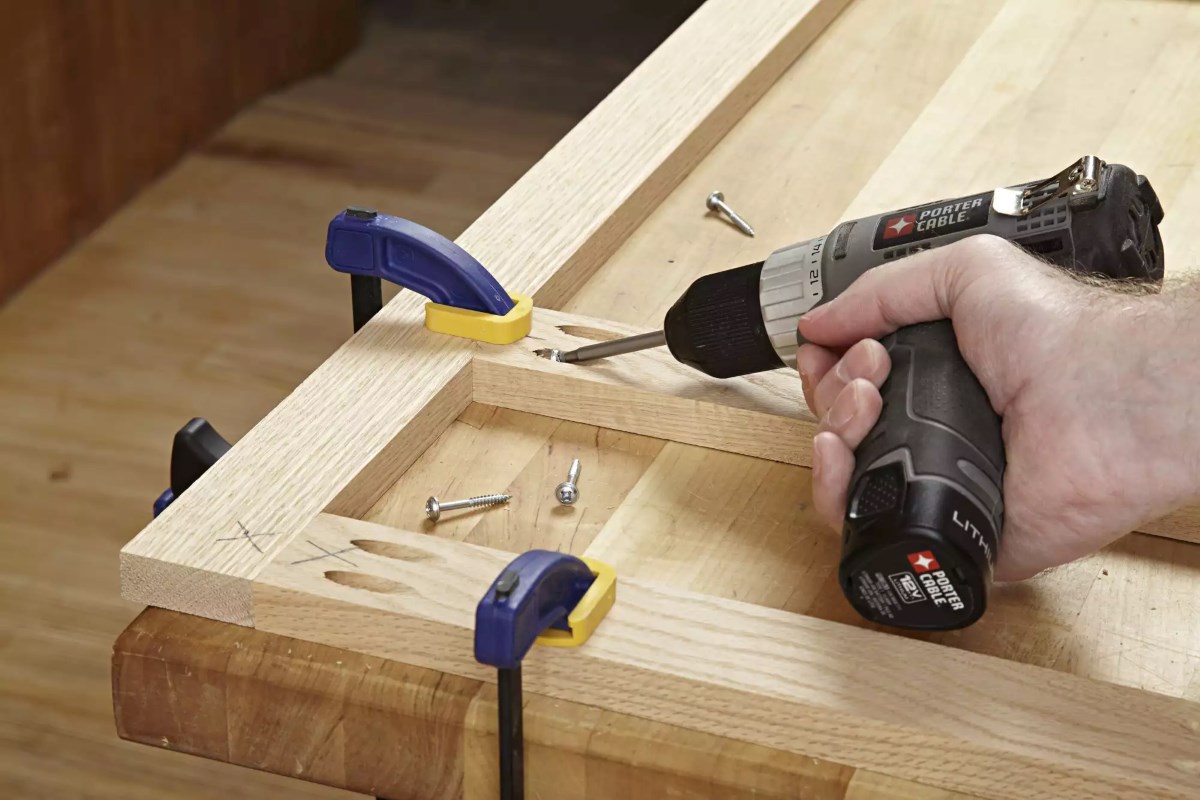
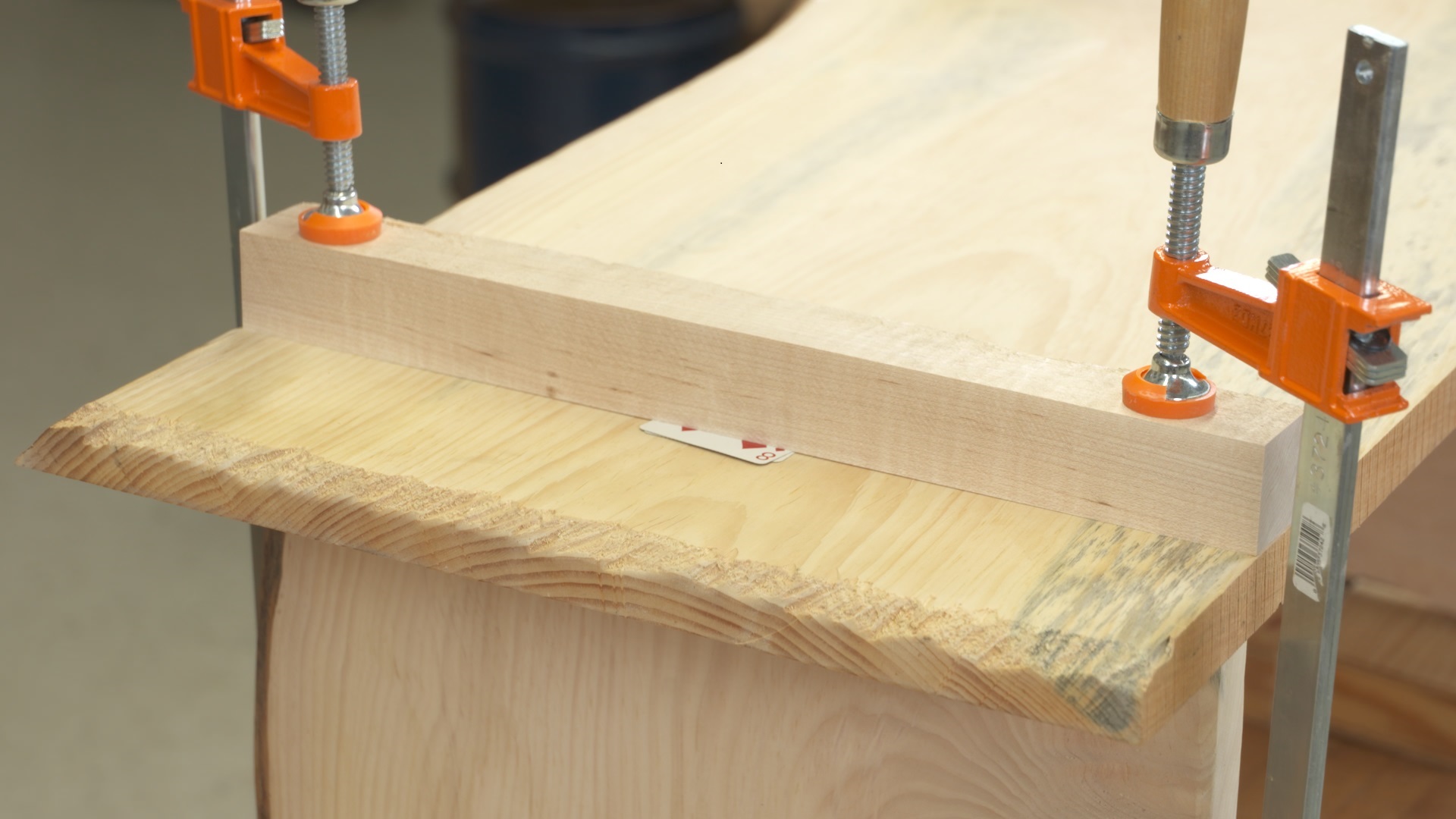
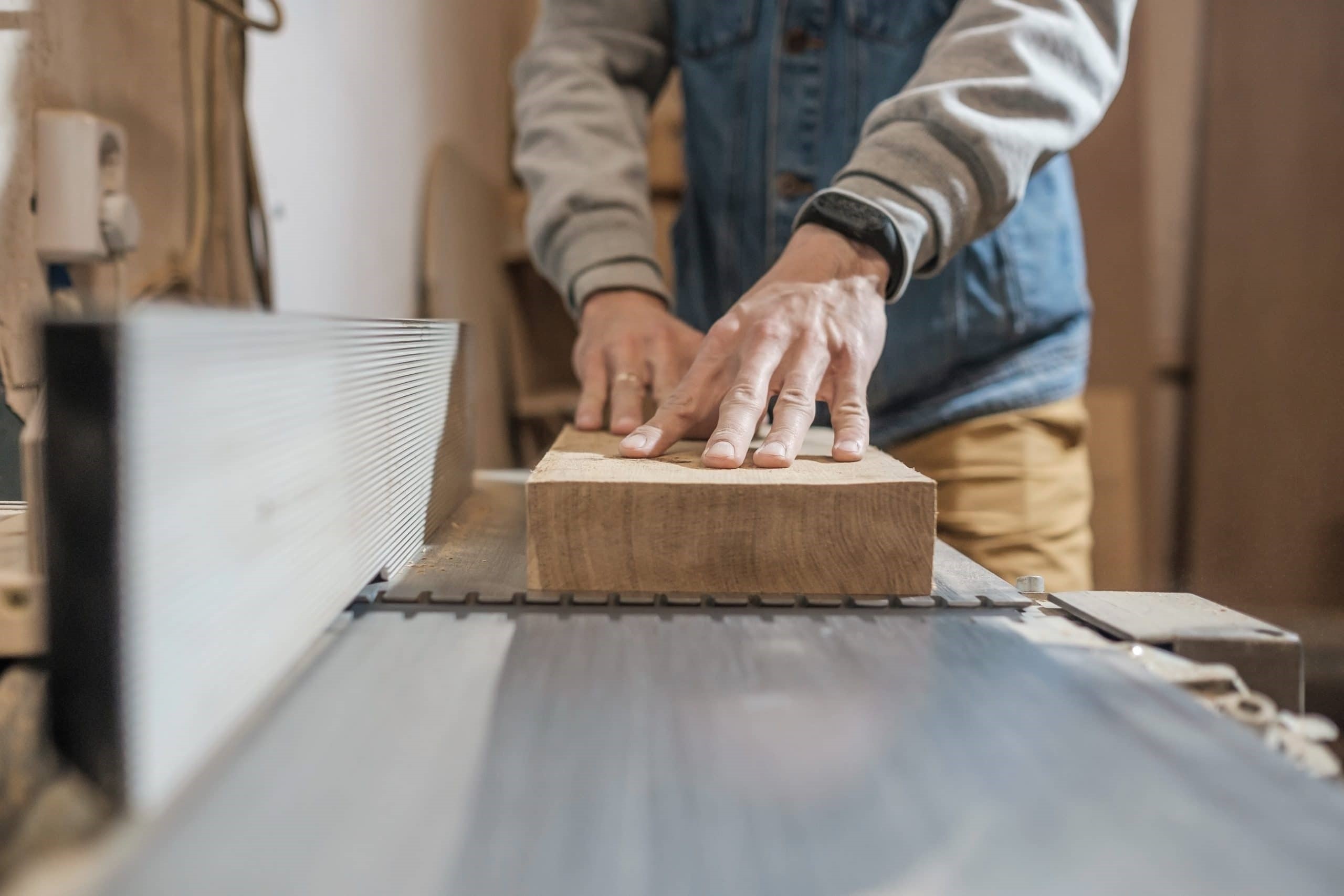
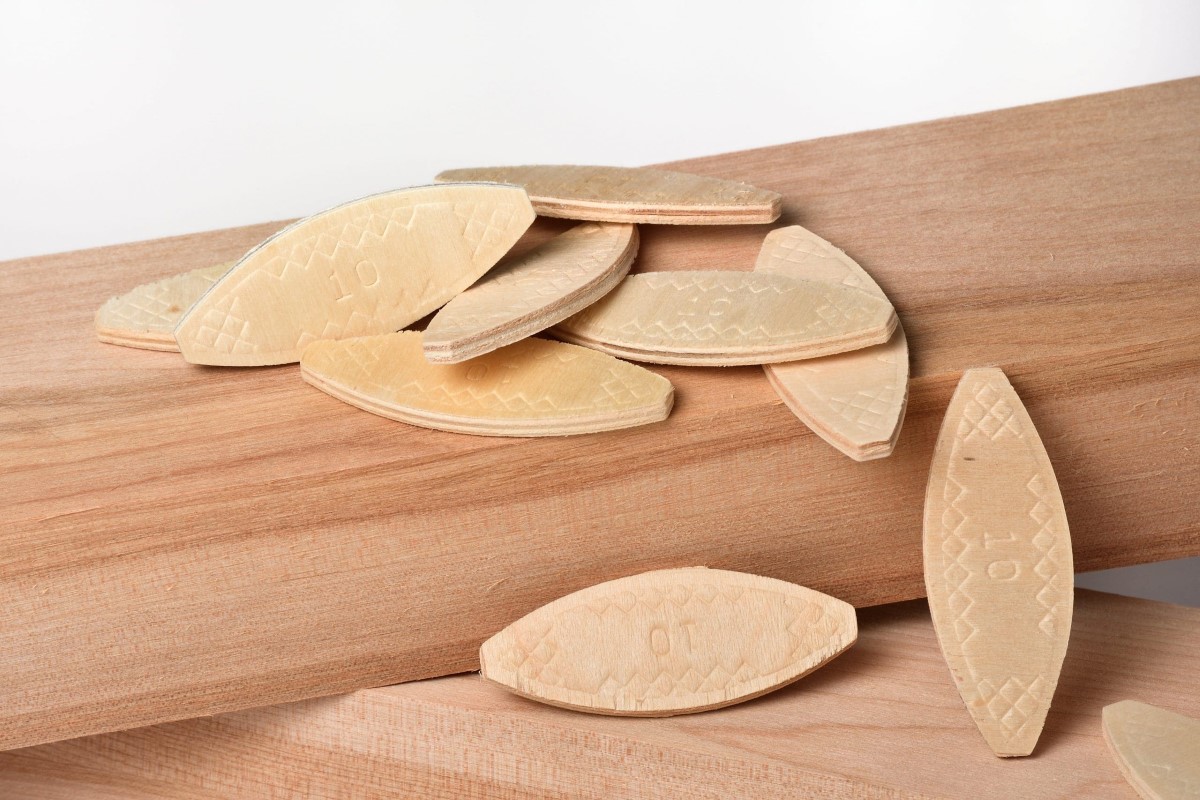
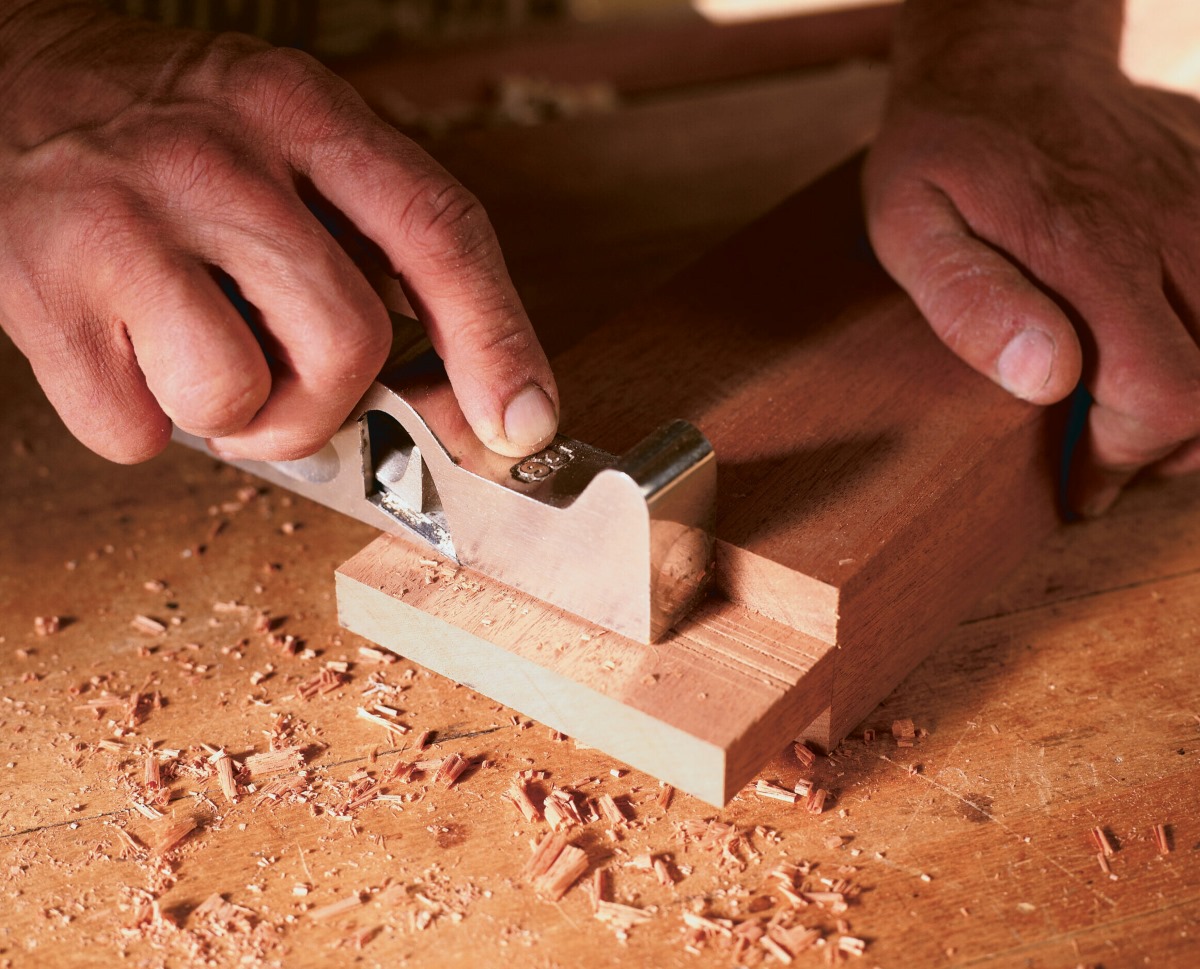
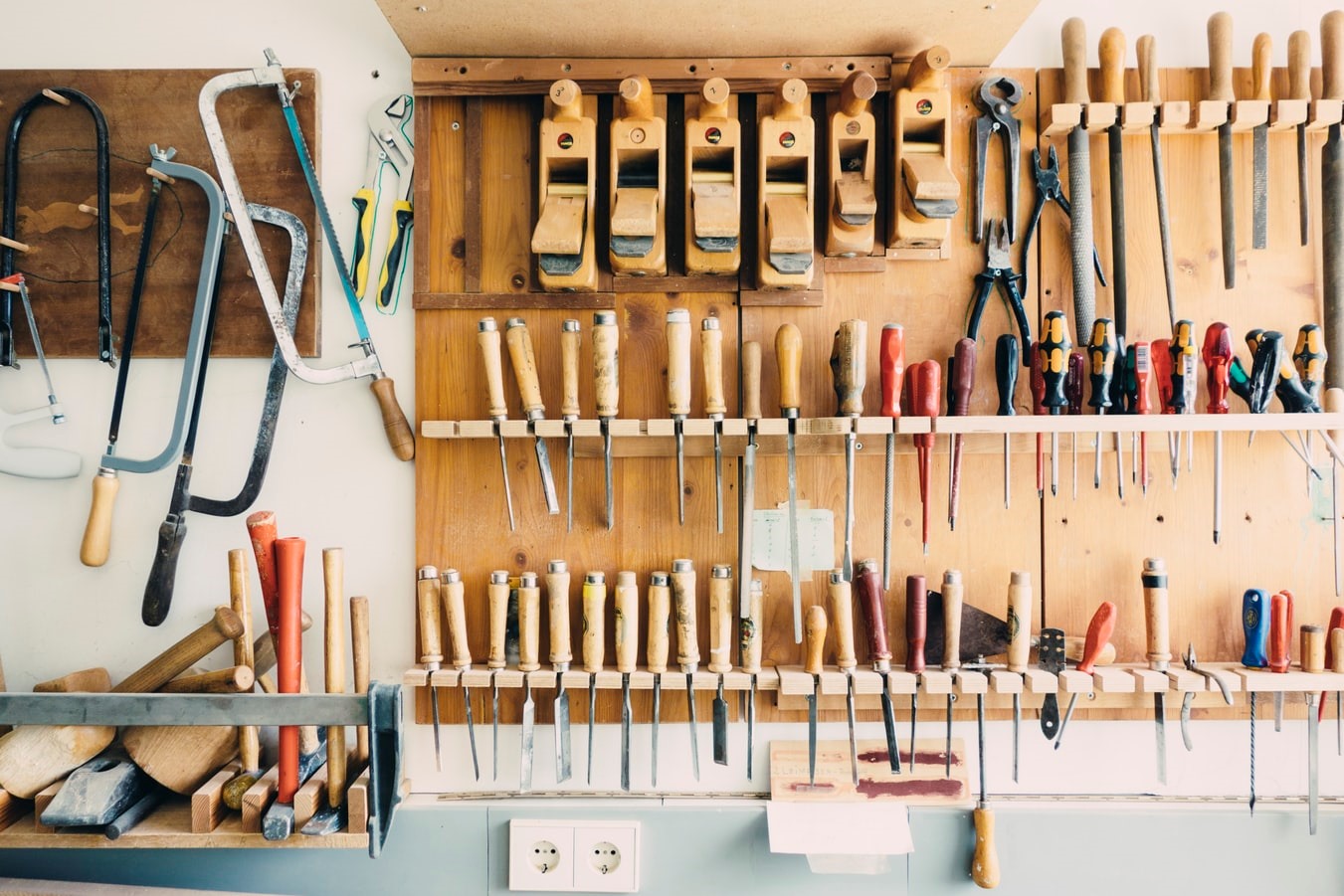

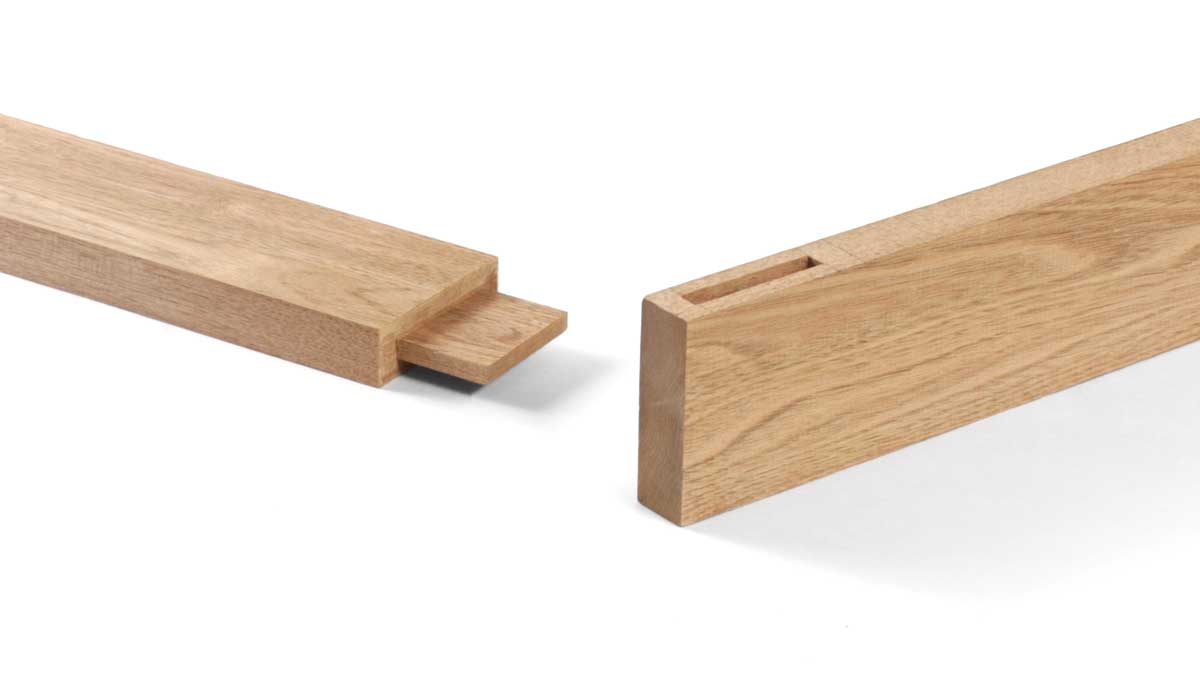
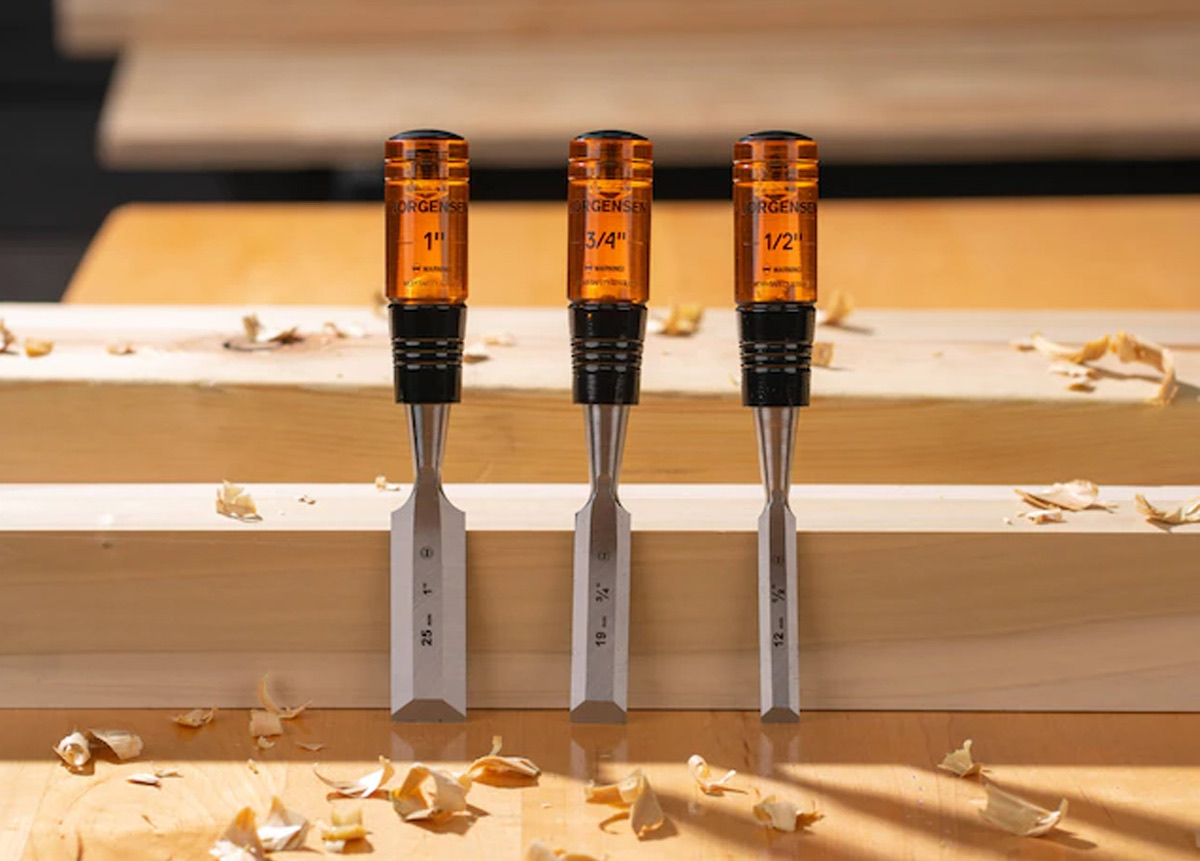
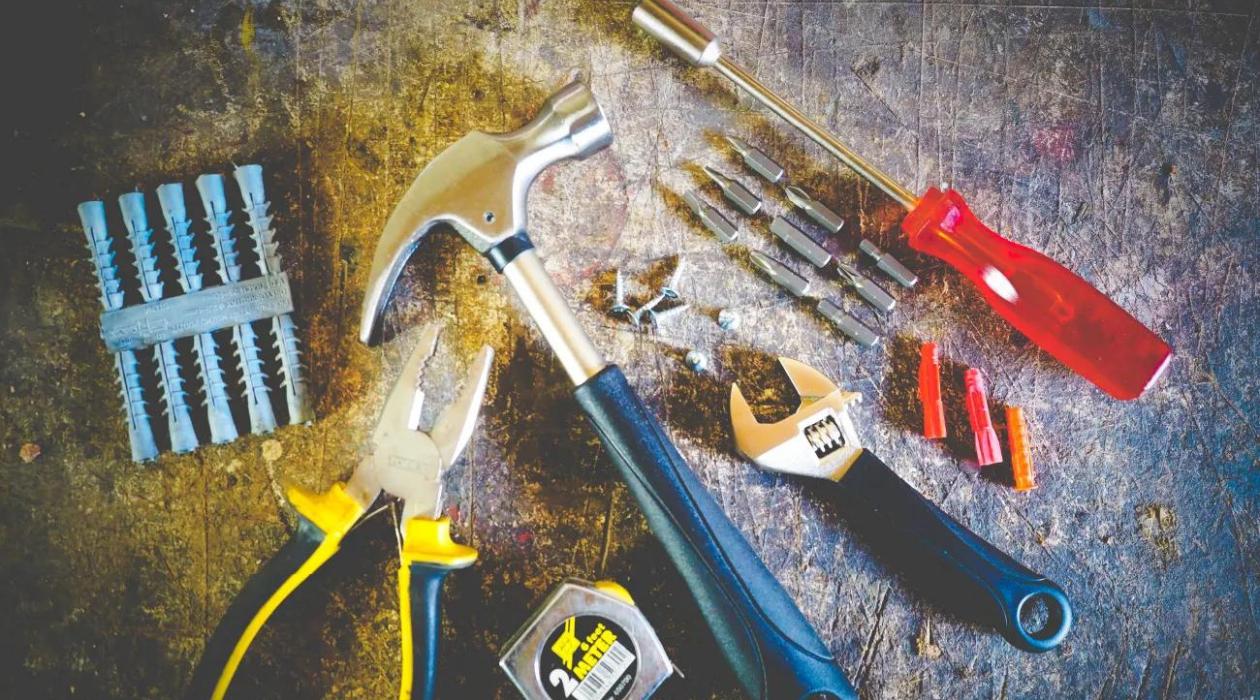
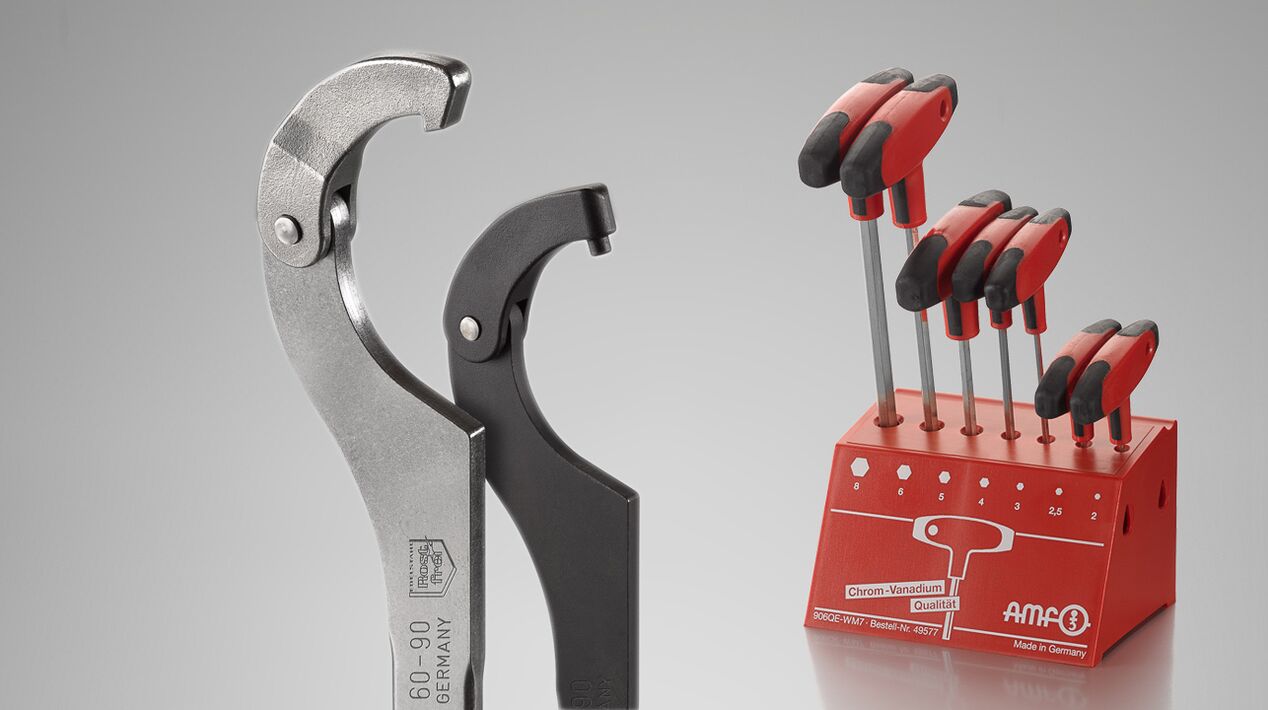
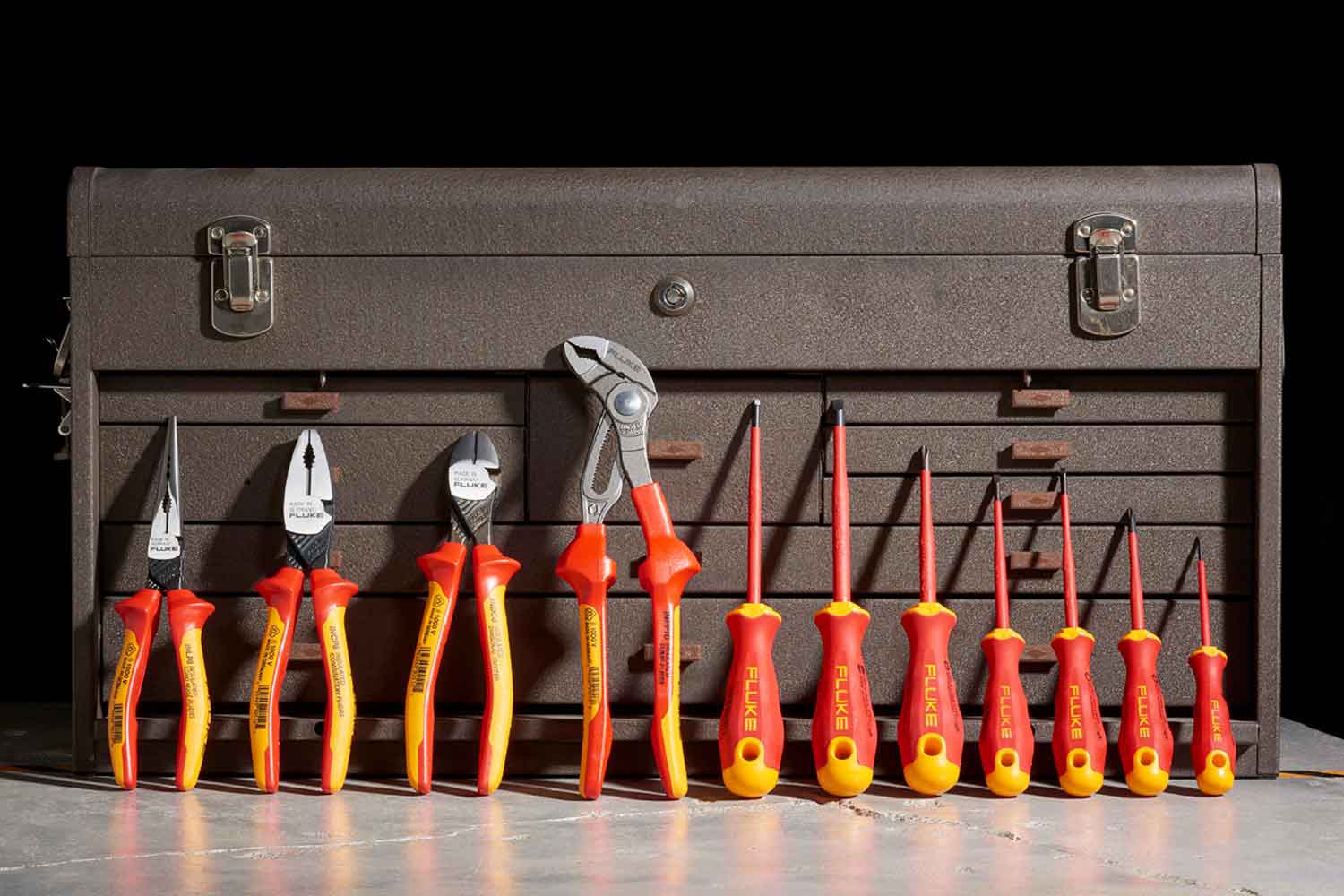

0 thoughts on “What Is A Jig Woodworking”